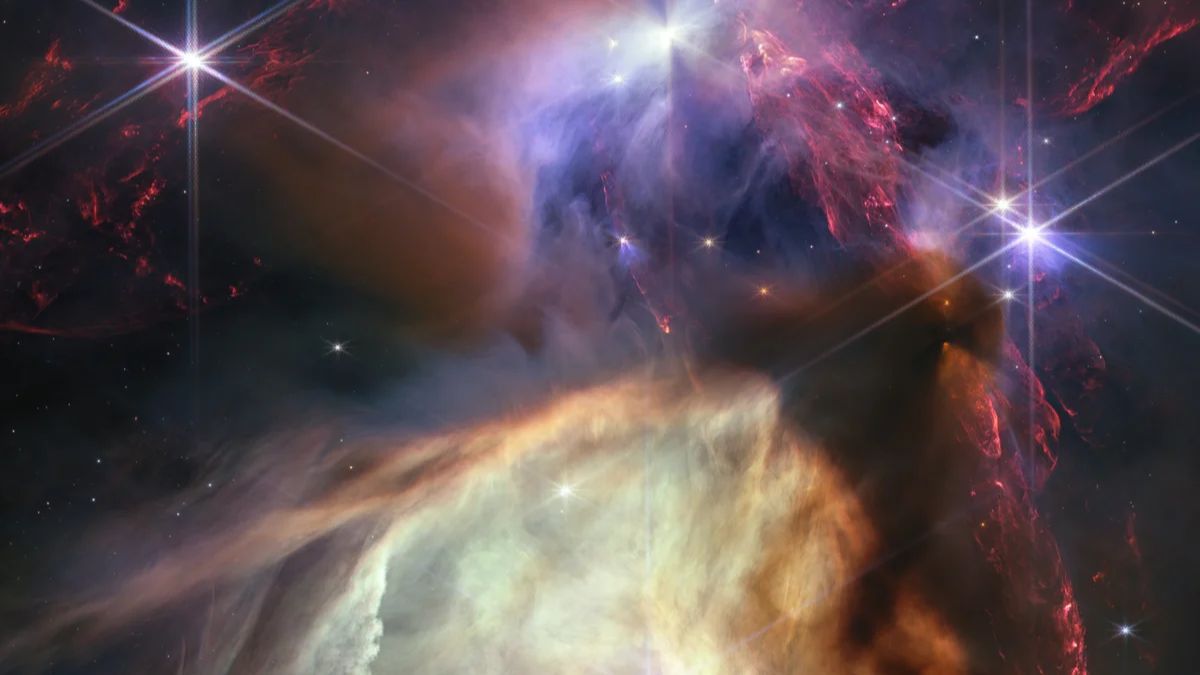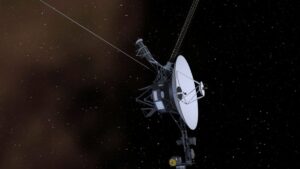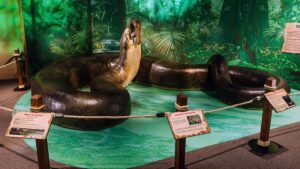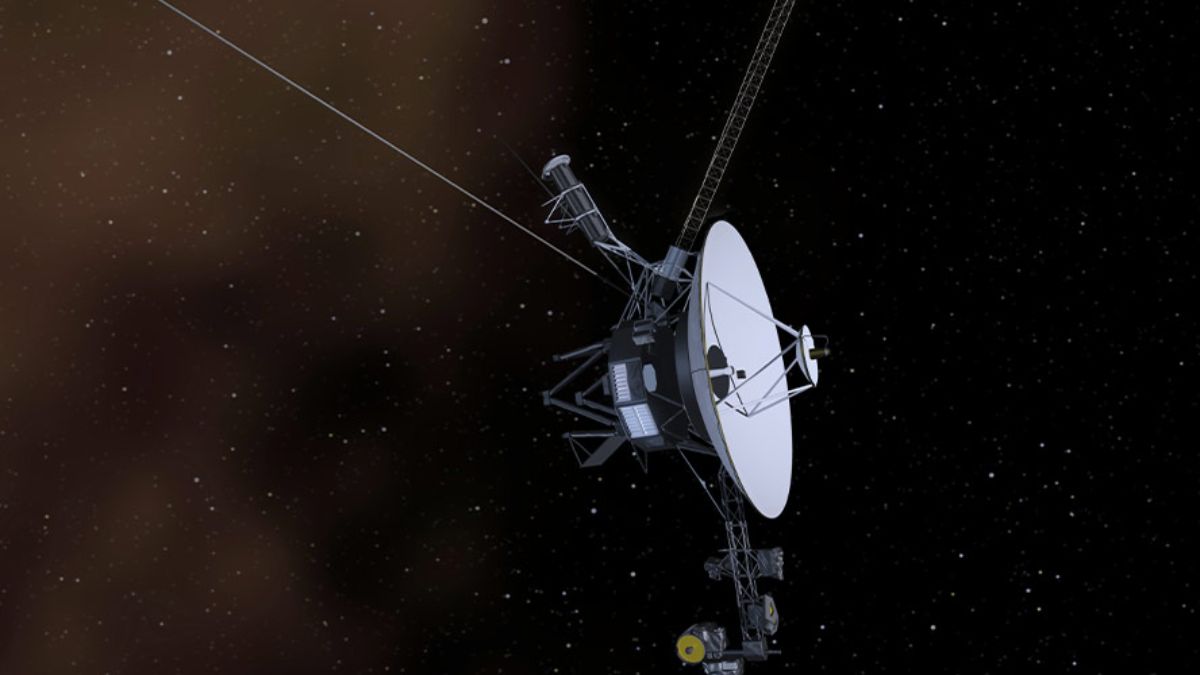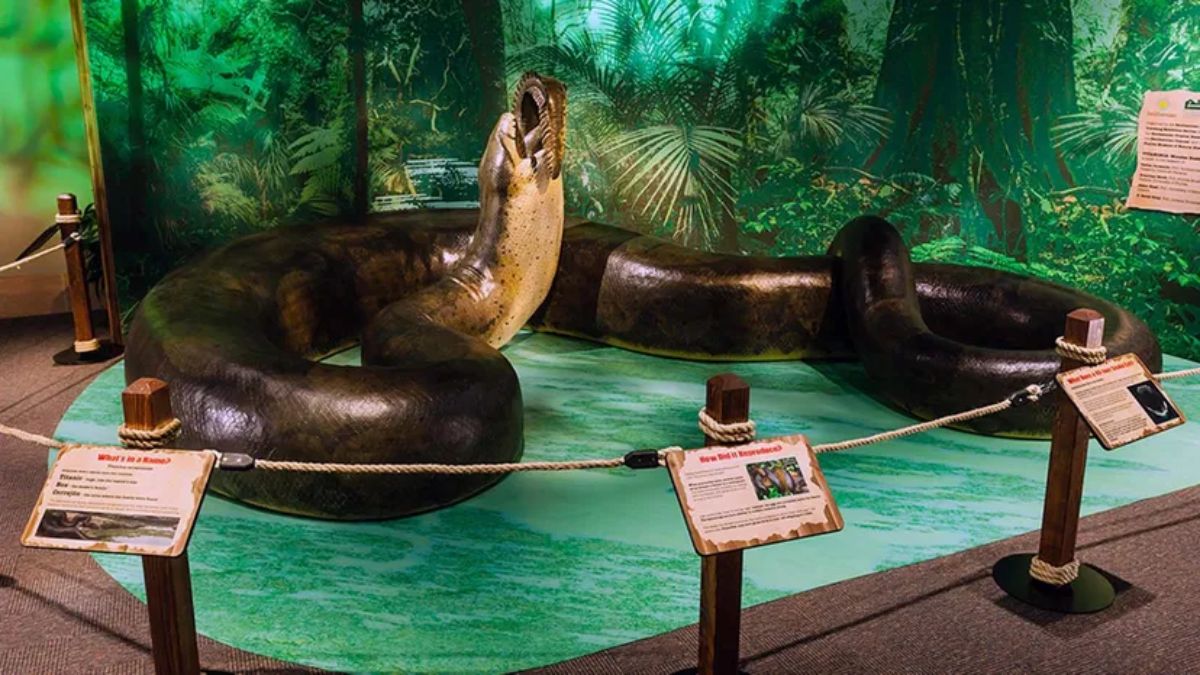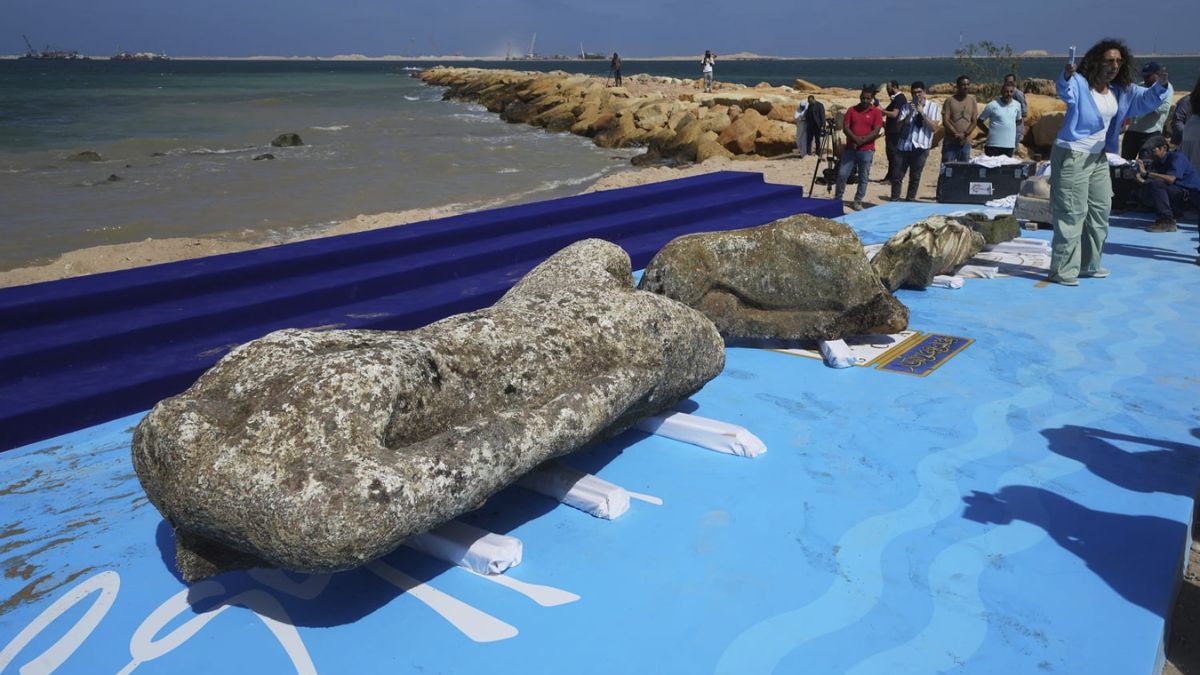NASA+ has just released a stunning 90-minute documentary titled Cosmic Dawn: The Untold Story of the James Webb Space Telescope. Available for free on YouTube and on NASA’s new streaming platform, this film is already being called one of the best portrayals of what’s been described as the most ambitious astronomical project in human history.
Table of Contents
From unseen behind-the-scenes footage to jaw-dropping visual storytelling, Cosmic Dawn doesn’t just show how the James Webb Space Telescope came to life—it shows why it matters.
Webb
The James Webb Space Telescope was designed to go where no telescope has gone before—both literally and scientifically. It’s the next step after Hubble, solving its limitations with a much larger mirror and advanced infrared sensors capable of capturing light from the earliest days of the universe.
But building such a telescope was far from easy. Engineers had to solve challenges that had never been tackled before. Just to name a few:
- 18 hexagonal beryllium mirrors coated with gold
- A five-layer sunshield the size of a tennis court
- 344 things that could go wrong (seriously)
Each component had to work flawlessly, or the mission would fail.
Budget
The road to success wasn’t smooth. Over 25 years, the Webb Telescope project faced multiple delays, budget problems, and even a global pandemic. The cost? Around 10 billion dollars.
The documentary doesn’t shy away from these setbacks. It shows how the team pushed through funding freezes, floods in the Goddard labs, congressional investigations, and internal audits. And yet, they made it. Against all odds, Webb now orbits at point L2—1.5 million kilometers from Earth—and functions at a mind-blowing -233 °C.
Launch
After its historic launch in December 2021, the mission entered its most nerve-wracking phase: a 29-day period known as the “29 days of terror.” Why? Because the telescope had to unfold itself in space, piece by piece.
- First, the sunshield had to deploy perfectly
- Then the mirrors had to align down to nanometers
- One wrong move, and there was no fixing it
Cosmic Dawn captures this tension beautifully, walking viewers through every step until the final secondary mirror locked into place—flawlessly.
Images
One of the highlights of the film is the moment the first images from the telescope are revealed. A deep field shot full of galaxies whose light began its journey billions of years ago—it’s like looking back in time.
That’s the point of the Webb: it acts like a cosmic time machine. It shows us what the universe looked like when it was still young.
But Webb doesn’t stop there. It has also:
- Found water vapor and carbon dioxide in exoplanet atmospheres
- Detected organic molecules that could hint at life
- Captured images of dying stars, baby stars, and everything in between
Every image teaches us something new about how galaxies, stars, and even planets form and evolve.
Platform
With NASA+, the space agency enters the streaming game—but with a unique mission: education. No ads, no subscriptions, just pure science storytelling.
Cosmic Dawn is their headline release, and it sets a high bar. It’s more than a documentary; it’s a tribute to human determination, teamwork, and the relentless search for answers about the universe.
Impact
Why should you watch Cosmic Dawn?
Because it puts you in the room where history was made. You’ll see engineers holding their breath as the telescope unfolds, scientists tearing up at the first data, and moments of sheer awe as deep space reveals itself like never before.
This isn’t just a science documentary. It’s a love letter to curiosity. If you’ve ever wondered why the universe exists, or how far humanity can go when we work together, this film has your name on it.
So carve out 90 minutes, grab your favorite drink, and prepare to witness the story of a telescope that’s changing everything we know about space—and ourselves.
FAQs
What is ‘Cosmic Dawn’?
A NASA+ documentary about the James Webb Telescope.
Where can I watch the documentary?
On YouTube and NASA+ for free.
How long did Webb take to build?
About 25 years, costing $10 billion.
What does Webb study?
Galaxies, stars, exoplanets, and the early universe.
Why is Webb important?
It captures light from the early universe in infrared.

